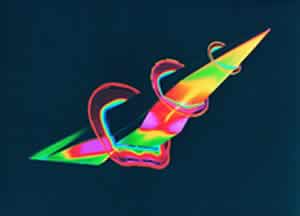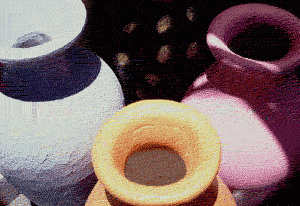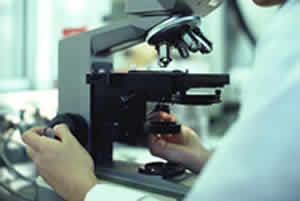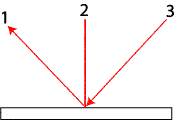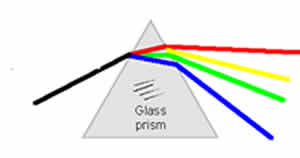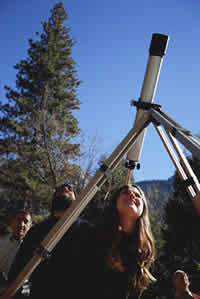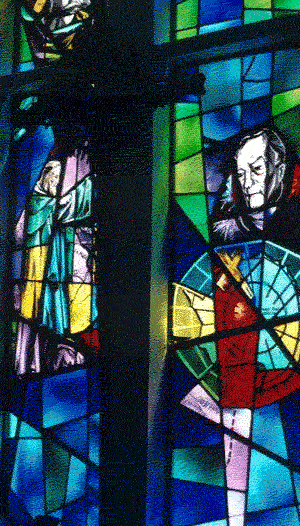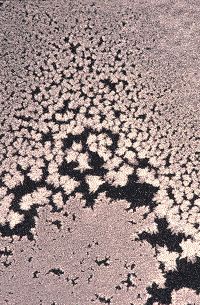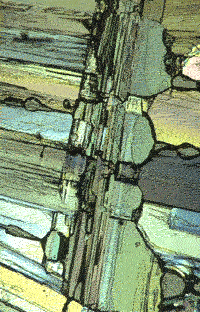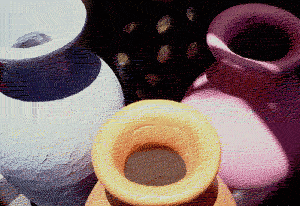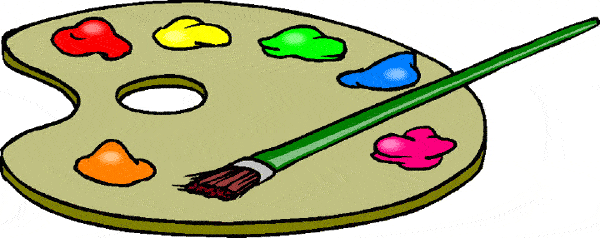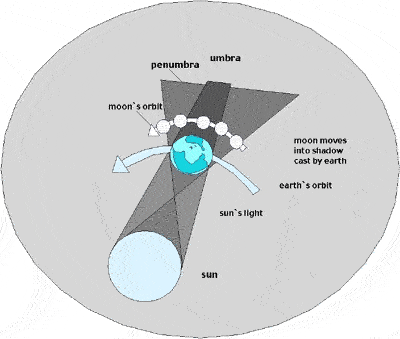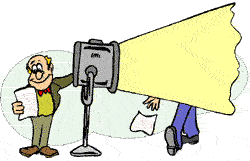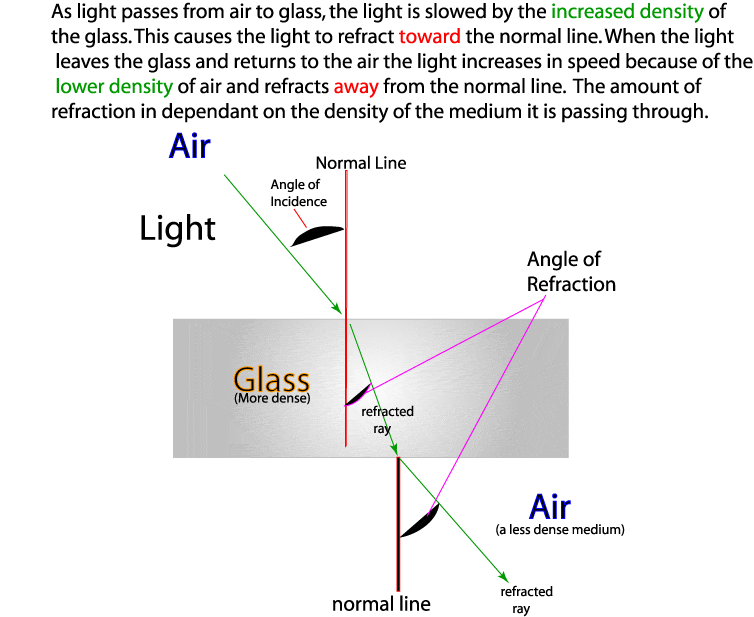Week 15 - Explanations, Inventions & Investigations About Light and Vision
| Site: | MoodleHUB.ca 🍁 |
| Course: | Science 8 LearnNet |
| Book: | Week 15 - Explanations, Inventions & Investigations About Light and Vision |
| Printed by: | Guest user |
| Date: | Monday, 17 November 2025, 5:42 PM |
Description
.
Introduction
|
Light and Optical Systems
The sense of sight is extremely important to us, as it provides us with a large part of our information about our world. We are all familiar with light - or think we are. Our eyes respond to the light we receive from objects all around us. Right now you are receiving light from the computer screen you are looking at and in the illustration below you are likely seeing various shades of red, yellow, green and blue against a black background.
The subject of light will occupy us for this unit. We see objects in two ways:
Welcome to the wonderful world of light!
|
||||||||||||
Lesson 1
|
Lesson 1: Challenges
Science in Action 8
Read pages 176 - 181 and make notes in your notebook.

Some of the earliest recorded studies of the nature of light dates back to the times of the ancient Greeks - somewhere in the sixth century B.C. Lets examine the thinking of some prominent scientists: Pythagoras (from ancient Greek times) thought that light was actually beams that came from a person's eyes. When these beams reached an object, the person would see it. The trouble with his theory was that we cannot see in a completely dark room even though our eyes are open. Aristotle (another ancient Greek) thought that light consisted of waves that came from a light source and graveled to the eye. He thought that these waves moved like ripples on water. The seventeenth century A.D. was a very productive time for scientists examining the nature of light. Many discoveries were made on how light travels and how fast it travels.
1. Light is a form of energy.
2. Light travels in straight lines 3. Light travels at a fixed speed.
Here is a neat web site that discusses some of the properties of light.  |
Lesson 2
|
Lesson 2: Optical Instruments
Science in Action 8
Read pages 181 to 191 of your textbook and make notes in your notebook.
© 2002 Alberta Online Consortium
|
Lesson 3
|
Lesson 3: Interactions with Light: Transmission, Reflection and Absorption
Science In Action Read pages 194 to 199 of your textbook and make notes in your notebook.
Some materials are translucent. That means they allow some light to pass through. But before the light can leave the material it is scattered from its straight path. Hold up a piece of white paper to the light and then look at it from the back side. You can see that some light is passing through but you can't see what's on the other side. If glass is etched with sand or acid it will appear frosted and produce the same effect as real frost that covers many windows on cold days.
Let's answer the question with the help of the artist's pallet. In the case of the red blob of paint all colours are absorbed except for red. In this case the red light is reflected and we see red paint while the colours orange, yellow, green, blue, indigo and violet are absorbed. Studying Light as a Ray
Although you might not have used these scientific terms, you know that you can't see around corners so you have an understanding that light doesn't bend or curve on its own. It must strike something before it can change course.
So what did you discover?
© 2002 Alberta Online Consortium |
Lesson 4
|
Lesson 4: Transparent Objects can Refract Light Science In Action
Read pages 200 - 203
Have you ever been playing in a swimming pool and seen something on the bottom while you were sitting on the edge? But when you went under water to retrieve it, it was in a different place. If this has happened to you then you were the victim of refraction. When light enters a medium (material) like water it slows down a bit. If it enters at an angle to the surface of the water this change in speed causes causes the ray of light to bend away from its original path. This is called refraction.
The Science Behind Refraction Examine the diagram below, you should be able to label this diagram from memory.
© 2002 Alberta Online Consortium
|
You will have two opportunities to write this section quiz. This quiz consists of 10 questions. Use the results from your 1st attempt to help you prepare for your second attempt. Your best score will be taken as your assessment mark. You have 15 minutes to complete this multiple choice quiz.
Click the icon to go to the quiz.
